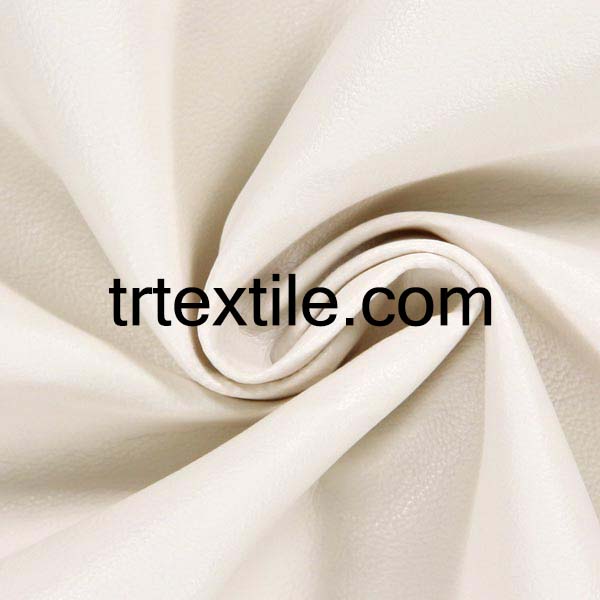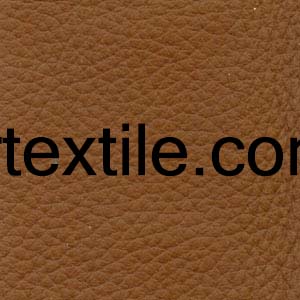White faux leather is a popular and versatile material that is used in a wide range of products, from furniture to clothing to accessories. This synthetic material is designed to mimic the look and feel of real leather, but at a fraction of the cost. It is also known for being more durable and easier to clean than genuine leather, making it a practical choice for many consumers.
One of the key benefits of white faux leather is its affordability. Real leather can be quite expensive, especially when it comes to large items like furniture or handbags. Faux leather provides a more budget-friendly alternative that still looks stylish and sophisticated. This makes it a popular choice for people who want the look of leather without the high price tag.
In addition to being cost-effective, white faux leather is also easy to maintain. Unlike real leather, which can stain and fade over time, faux leather is resistant to most stains and can be easily wiped clean with a damp cloth. This makes it a practical choice for households with children or pets, as spills and messes can be quickly and easily cleaned up.
Another advantage of white faux leather is its versatility. It can be used in a wide range of products, from furniture to clothing to accessories. In the world of fashion, faux leather is a popular choice for jackets, pants, and skirts, as it provides the sleek and edgy look of real leather without the ethical concerns. In home decor, white faux leather is often used in furniture upholstery, as it can add a touch of sophistication and luxury to any room.
Despite its many benefits, there are some drawbacks to white faux leather. One of the main concerns is its environmental impact. Faux leather is typically made from PVC, a type of plastic that is not biodegradable. This means that when faux leather products are discarded, they can contribute to environmental pollution. However, some manufacturers are now producing faux leather from more sustainable materials, such as polyurethane, which is less harmful to the environment.
Another drawback of white faux leather is its durability. While faux leather is generally more durable than real leather, it can still be prone to cracking and peeling over time, especially if it is not properly cared for. To keep white faux leather looking its best, it is important to clean and condition it regularly, and to avoid exposing it to harsh chemicals or extreme temperatures.
In conclusion, white faux leather is a versatile and practical material that is used in a wide range of products. It offers the look and feel of real leather at a more affordable price, making it a popular choice for consumers. While there are some drawbacks to faux leather, such as its environmental impact and durability, it remains a popular choice for those looking for a stylish and practical alternative to real leather.




